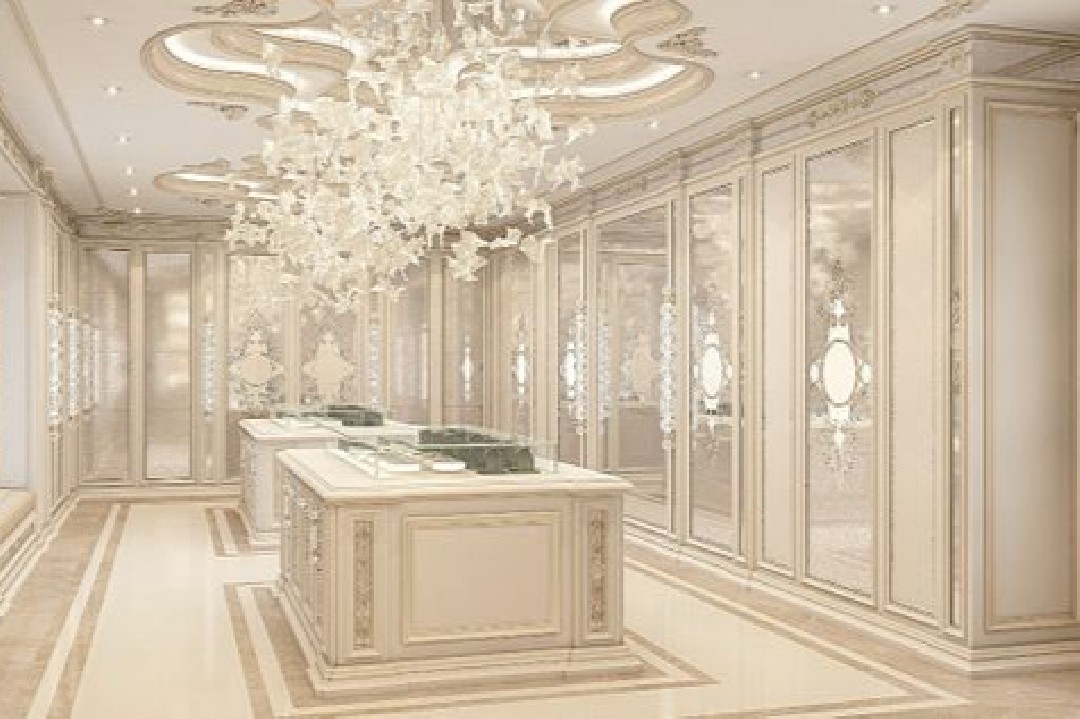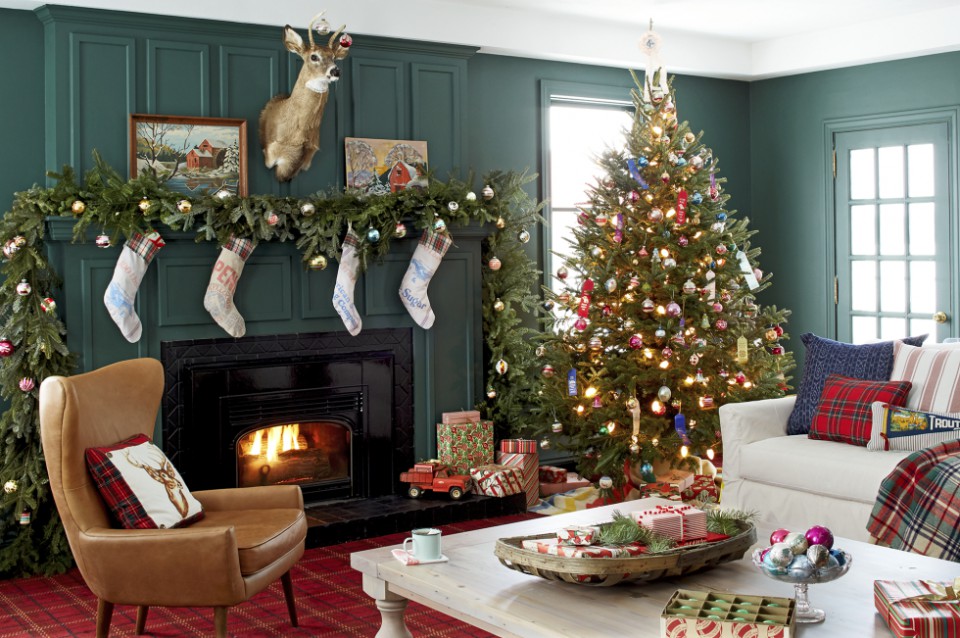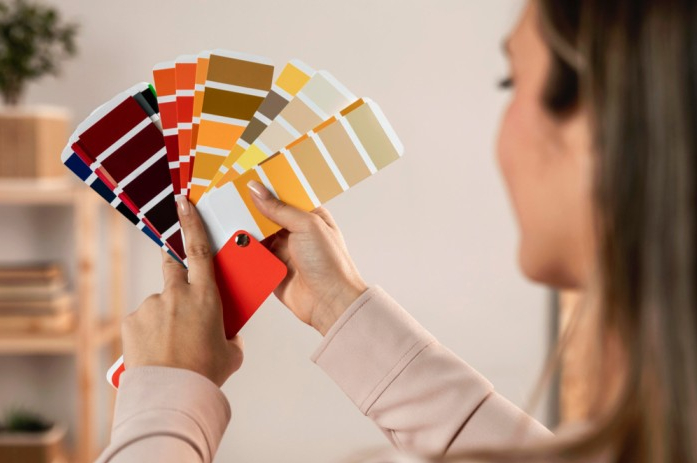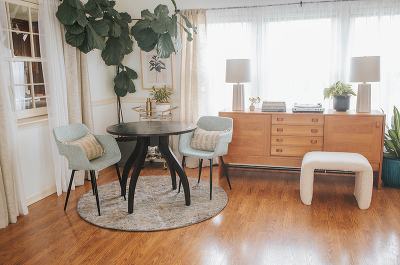Let's Get to Know Aluminum Composite Panel (ACP)
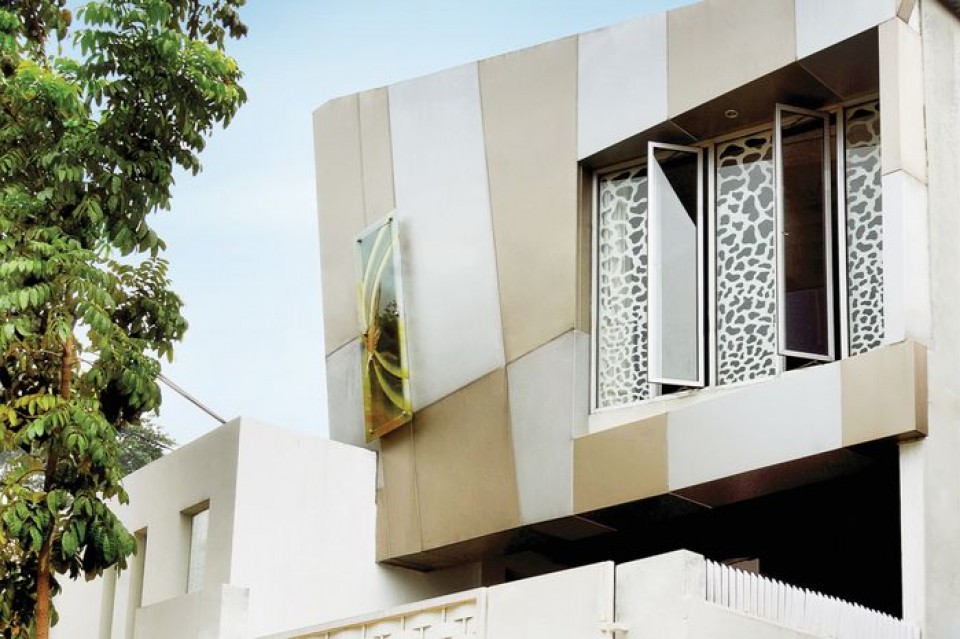
Many people are still not familiar with Aluminum Composite Panel (ACP). It's understandable because this construction material is more commonly used for commercial buildings such as office buildings, malls, or hotels. However, lately, more and more people are using this material for their homes. So, what exactly is Aluminum Composite Panel? What is it made of? What are its advantages, and how can it be applied in our homes?
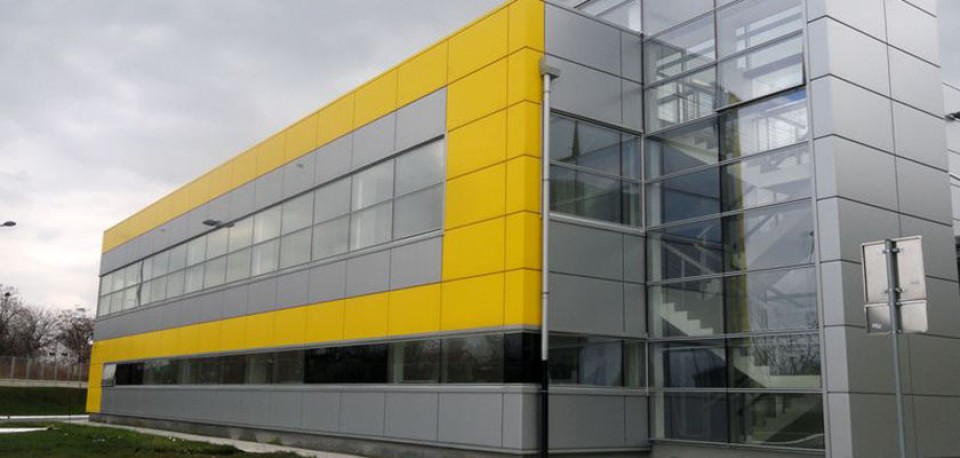
Copyright by Pinterest.com
Understanding Aluminum Composite Panel
Aluminum Composite Panel (ACP) is a construction material made from non-aluminum material, specifically polyethylene, which is coated with aluminum sheets on both sides. As mentioned earlier, ACP is commonly used to cover the exterior or interior walls of commercial buildings. This is because it is believed that this material can enhance the artistic and luxurious impression of the building facade. However, ACP is now also being used in many minimalist homes.
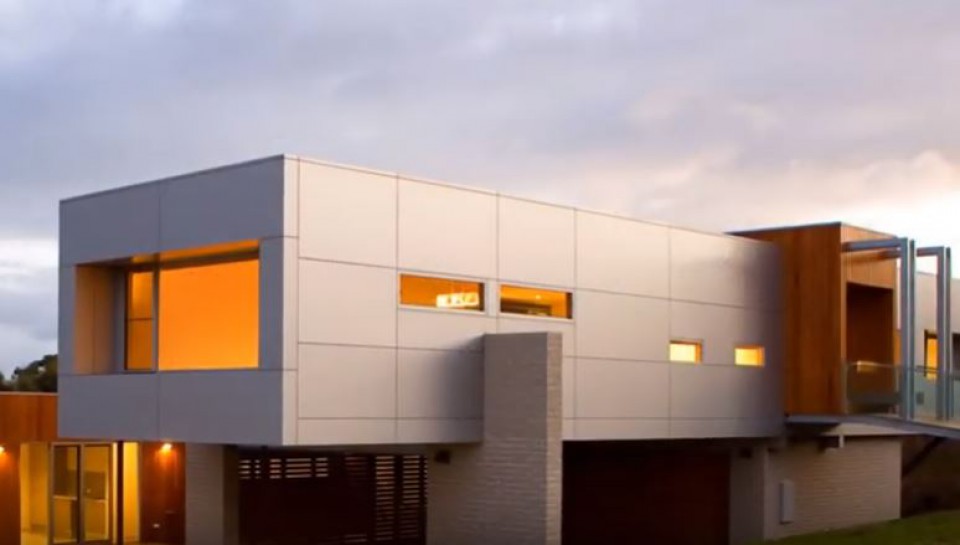
Copyright by Pinterest.com
Types of Aluminum Composite Panel Based on Coating
There are two popular types of ACP in the market, and their uses differ:
- Polyester (PE) Type, which is mostly used for interior walls. ACP of the polyester type is commonly applied as artistic ceilings, partitions, or column covers on interior walls. This type of ACP is thinner and has only one layer, making it suitable for artistic ceilings, partitions, or column covers. In terms of price, polyester-type ACP is quite affordable in the market.
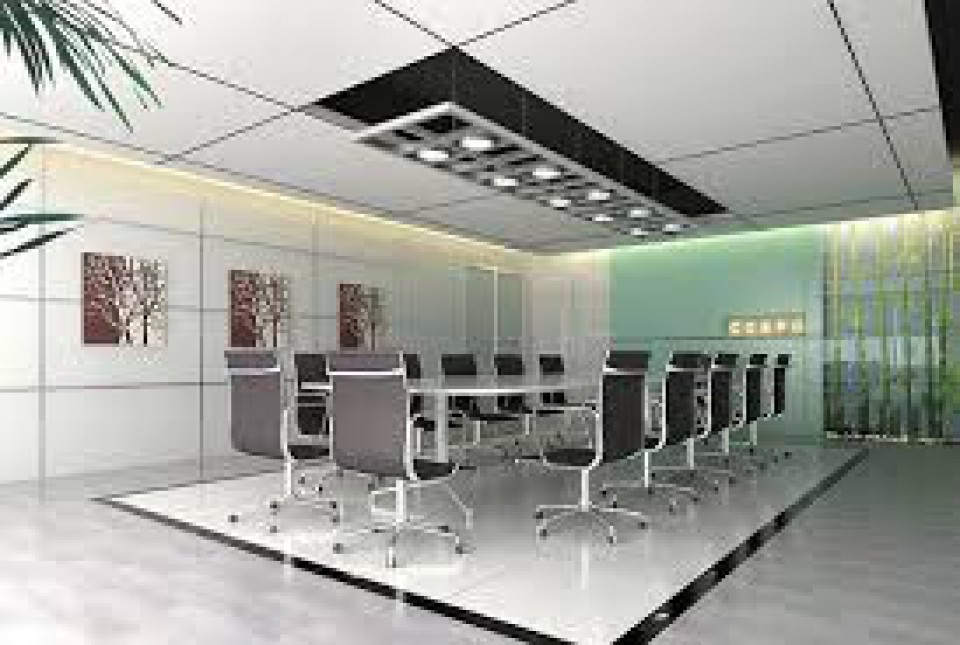
Copyright by Alusign.com
- PVDF (Poly Vinyl De Fluoride) Type, typically used for exterior purposes. It is often combined with glass, advertising boards, or canopy panels. This is because PVDF-type ACP has several advantages compared to polyester-type ACP, such as being thicker, weather-resistant, and longer-lasting color. Although it is more expensive, PVDF-type ACP is recommended for exterior use.
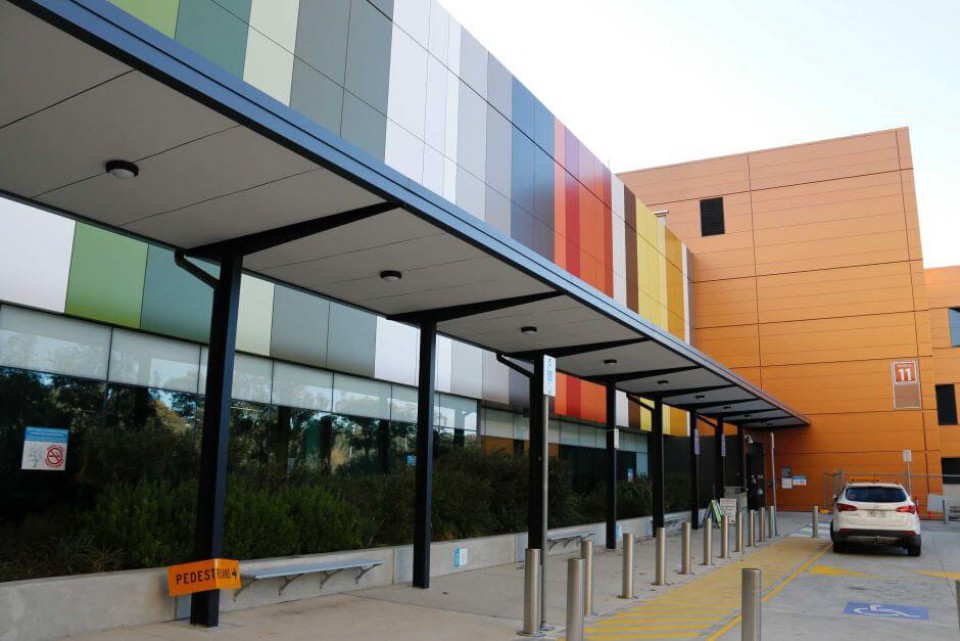
Copyright by Bildeco.com
Advantages of Aluminum Composite Panel
ACP has many advantages that make it a popular choice as a construction material. Some of its advantages include:
-
Lightweight: Although ACP sheets are sturdy and rigid, they are relatively lightweight, weighing around 3.5 kg to 5.6 kg per square meter. This lightweight property makes ACP easy to handle and transport.
-
High Weather Resistance: ACP is made of aluminum, which is corrosion-resistant, resistant to acids, salt, and ultraviolet rays. These properties make ACP durable, and the material can last for decades without needing replacement.
-
Environmentally Friendly: Nearly 85% of ACP's base material is made from recycled aluminum. Therefore, using ACP as a construction material is an eco-friendly choice.
-
Wide Range of Colors and Patterns: ACP currently offers more than 30 color options. Additionally, there are many patterns resembling marble and wood, making it easy to apply in various modern design concepts.
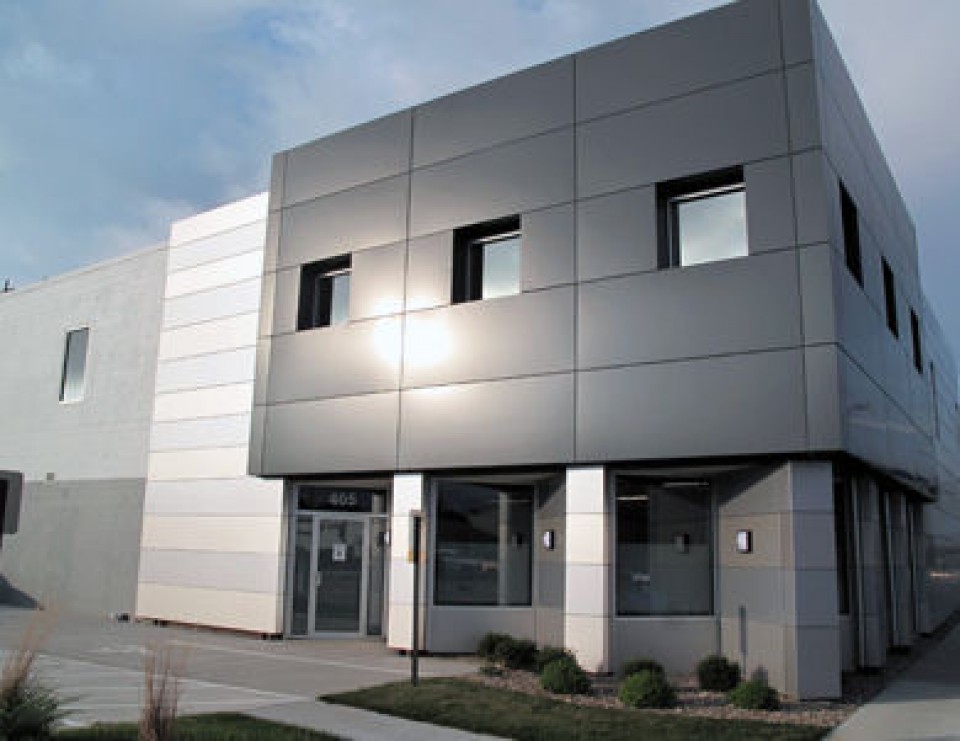
Copyright by Pinterest.com
Disadvantages of Aluminum Composite Panel
- Research has shown that the core material made of polyethylene and the adhesive bonding to the aluminum layer can emit toxic gases in high temperatures.
- In high temperatures, the core layer can expand, causing the aluminum surface to become uneven, reducing its aesthetic appeal.
- Limited resistance to wind pressure, so poor construction can pose safety risks.
- If the grounding system is inadequate for the main building, the sheets can be at risk of lightning strikes.
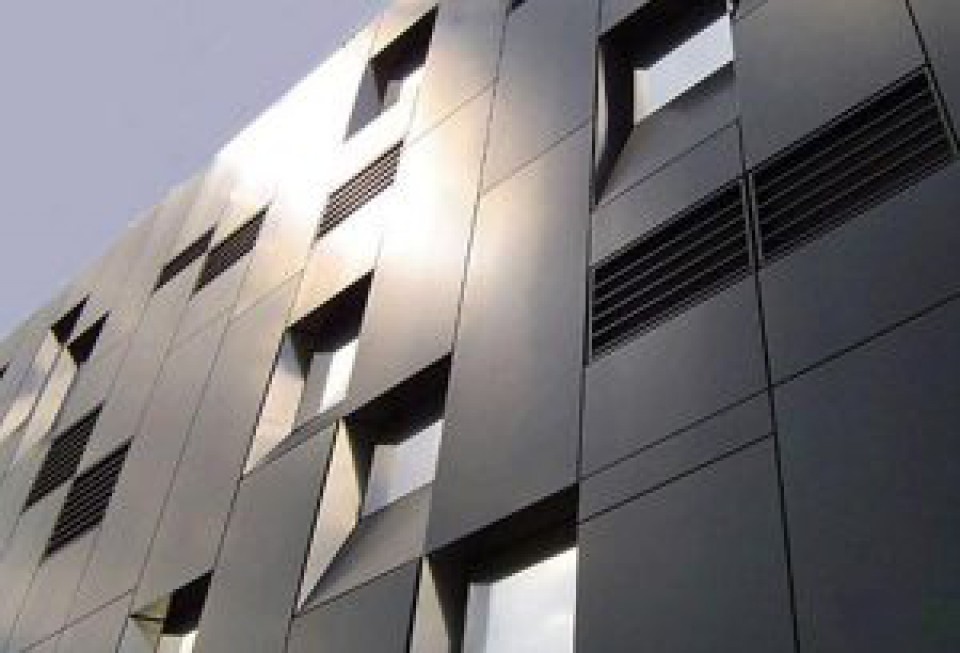
Copyright by Pinterest.com
For the best results, continue to visit Furnizing.com to upgrade your knowledge about home decoration and design inspiration. You can also find many other design inspirations on Furnizing.com. Happy exploring in decorating your happiness!


